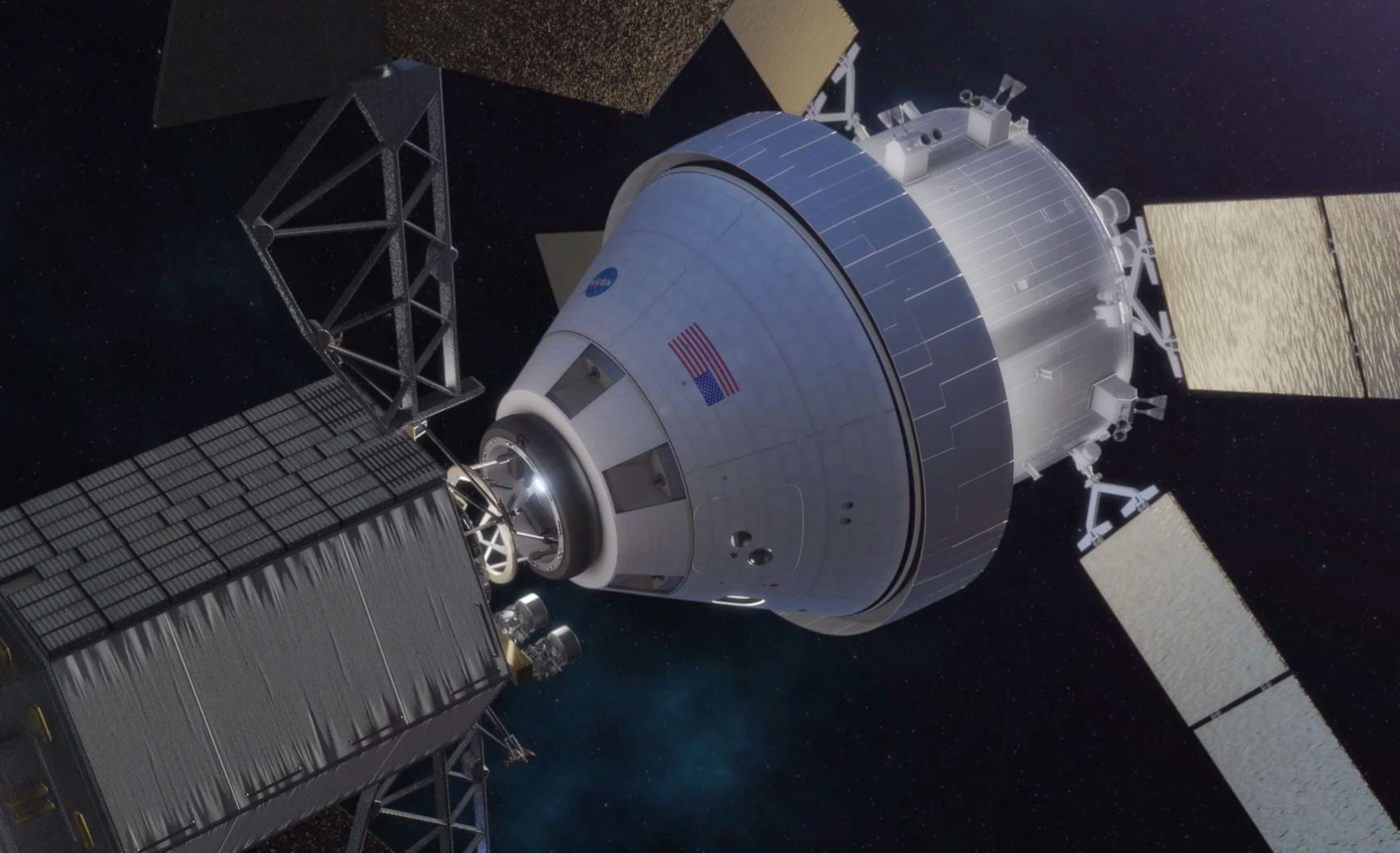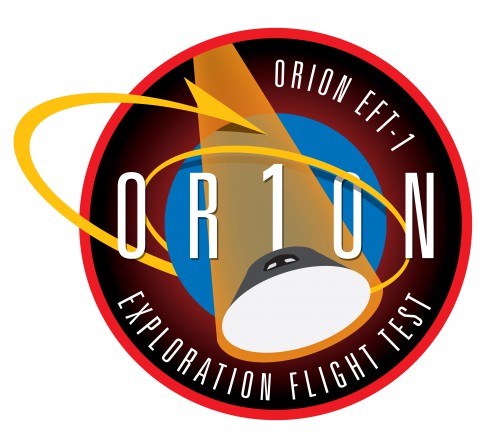
A scenario hinted at in Hollywood movies is closer to happening in real life: NASA announced Thursday, June 19, that it selected 18 study proposals under a Broad Agency Announcement (BAA) concerning a future possible Asteroid Redirect Mission. These proposals serve to hunt for concepts and technologies crucial to making such a mission possible. An Asteroid Redirect Mission, which would be undertaken by an Orion Multi-Purpose Crew Vehicle (MPCV) propelled into space by a Space Launch System (SLS) rocket, is considered to be a vital “stepping stone” in order to make future human Mars missions possible. NASA stated that approximately $4.9 million will be awarded regarding the studies.
The BAA was announced in March as part of NASA’s ongoing Asteroid Initiative, which includes the Asteroid Grand Challenge (developing partnerships/collaborations in the initiative) and the Asteroid Redirect Mission itself. In addition to being considered a next step to a crewed Mars mission, the initiative also functions to address possible risks to Earth posed by asteroids.
NASA is currently working on two mission concepts, both of which involve redirecting a smaller asteroid to orbit around the Moon. One concept would involve a small asteroid being captured; the other involves a boulder being harnessed from a larger asteroid, according to NASA. Astronauts aboard an Orion crew capsule would rendezvous with the asteroid, bringing samples back to Earth.

According to NASA, the proposals cover five areas, including: “Asteroid capture systems, rendezvous sensors, adapting commercial spacecraft for the Asteroid Redirect Vehicle, partnerships for secondary payloads, and potential partnerships to enhance U.S. exploration activities in cis-lunar space in conjunction with the crewed mission.” The proposals were selected from a pool of more than 400 ideas that were collected through a Request for Information issued in June 2013 as part of the Asteroid Grand Challenge. In addition, in the spirit of collaboration, NASA held public workshops discussing asteroid redirect mission ideas during September and November 2013.
William Gerstenmaier, associate administrator for NASA’s Human Exploration and Operations Mission Directorate, discussed the impetus behind tackling such an objective. “With these system concept studies, we are taking the next steps to develop capabilities needed to send humans deeper into space than ever before, and ultimately to Mars, while testing new techniques to protect Earth from asteroids,” he related.
James Reuther, deputy associate administrator for Space Technology at NASA Headquarters in Washington, touched on the importance of collaboration in regard to this initiative, and its vital function in future spaceflights. “By investing in these studies, NASA will gain valuable insight into affordable ways to perform the Asteroid Redirect Mission while also advancing technologies needed to drive future exploration missions,” he said.
A complete list of the proposals selected and organizations involved can be reviewed at this NASA link.
NASA is currently working to make the science-fiction scenarios depicted in films such as Armageddon a possibility. The agency is working to develop the SLS rocket and the Orion crew capsule, which has been characterized by some as “Apollo on steroids.” This launch system would allow astronauts to return beyond low-Earth orbit for the first time since Apollo 17 launched on a Saturn V rocket in 1972. It is hoped the rocket will propel Orion and its astronauts to new destinations, including Mars.
Recently, AmericaSpace’s Mike Killian wrote about the progress being made in fabricating Orion’s heat shield for December 4th’s planned Exploration Flight Test 1 (EFT-1). EFT-1, likened to the Apollo 4 test mission in 1967, will function as a test of Orion’s flight systems and heat shield and will be launched from Cape Canaveral Air Force Station’s (CCAFS) SLC-37B on a United Launch Alliance Delta IV Heavy launch vehicle. According to Killian’s article, Orion is slated to experience its first integrated launch featuring SLS in 2017. Along with steps being made in the asteroid initiative, NASA is keeping its eye on the future.
Want to keep up-to-date with all things space? Be sure to “Like” AmericaSpace on Facebook and follow us on Twitter: @AmericaSpace




This is good news..I know that all our friends at Planetary Resources will be very happy that NASA is taking on such a big part of their R&D for them…And I will bet that NASA even gives them the asteroid after they are done capturing it ….How nice and all with taxpayer money..
Tracy,
I wouldn’t worry too much about what your Planetary Resources friends might get out of this.
From what I can gather, in order to make its redirection practical within budget restrictions, the Asteroid or Boulder would have to be about the size of a basketball.
There is a nice-sized (50 x 22 meters) boulder named Yoshinodai on 25143 Itokowa just ripe for the taking.